Spring construction in Uganda is vital for accessing safe water, especially in rural areas.Guided by manuals from WaterAid Uganda and the Directorate of Water Development, it ensures sustainable water solutions.
Overview of Spring Water Sources in Uganda
Spring water sources are a critical component of Uganda’s water supply, particularly in rural and hilly areas where access to piped water is limited. These natural water sources emerge from underground aquifers, often at the surface as springs. Uganda’s geography, characterized by diverse landscapes and high rainfall, supports the formation of numerous springs. Many communities rely on these sources for drinking, domestic use, and agriculture due to their natural filtration and consistent flow. However, spring water quality can vary, influenced by geological formations, land use, and environmental conditions. Proper management and protection of these springs are essential to ensure their sustainability and safety for communities dependent on them.
Importance of Safe Spring Construction
Safe spring construction is crucial for ensuring access to clean and reliable water sources, particularly in rural Uganda where springs are a primary water supply. Proper construction prevents contamination from surface runoff, pollutants, and human activities, safeguarding water quality. It also protects the spring’s natural flow and longevity, reducing the risk of drying up or contamination. By following guidelines from manuals like the Springs Construction Manual by WaterAid Uganda, communities can avoid waterborne diseases and improve public health. Durable materials, such as clay bricks, and correct techniques ensure structural integrity and long-term functionality. Safe spring construction not only enhances water accessibility but also promotes environmental protection and sustainable development, benefiting both current and future generations.
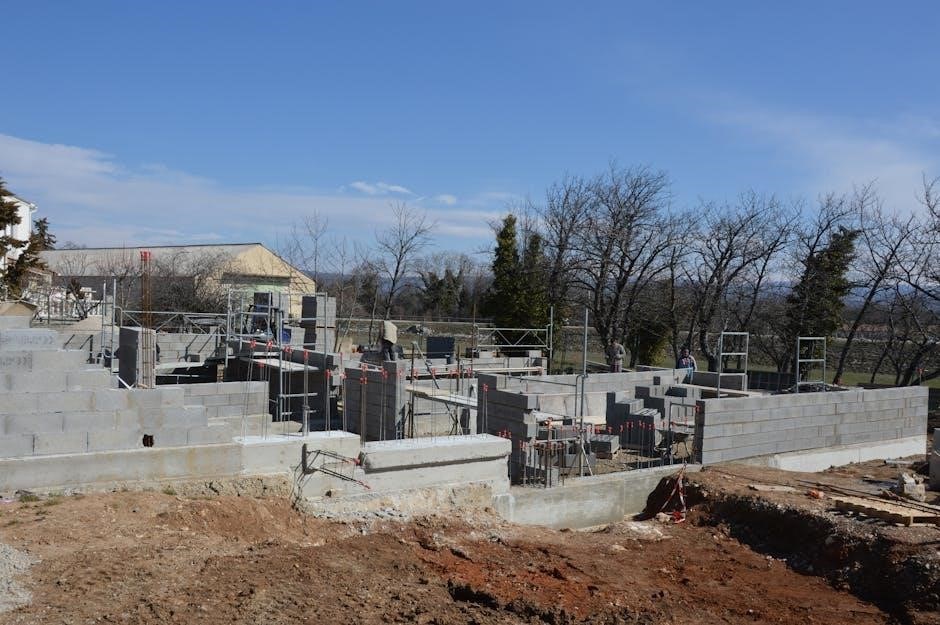
Site Selection and Preparation
Site selection and preparation are critical for spring construction, ensuring sustainability and safety. Proper assessment of topography and hydrology is essential before commencing construction activities.
Geological Considerations for Spring Development
Geological considerations are critical for spring development in Uganda. Understanding the local hydrology, water table depth, and flow rate ensures sustainable water sources. Soil and rock layers must be assessed to prevent contamination and ensure structural integrity. Professional geological assessments are essential to identify suitable spring locations and avoid areas prone to landslides or flooding. Proper construction techniques, such as using clay bricks from approved sources like Uganda Clays Limited, enhance durability. Adhering to guidelines ensures safe and reliable water access, making spring development a viable solution for rural communities.
- Assess water table depth and flow rate.
- Evaluate soil and rock layers for stability.
- Use locally approved materials for construction.
- Ensure professional geological assessments.
Community Involvement in Site Selection
Community involvement is crucial for successful spring construction in Uganda. Local residents provide valuable insights into water sources and site suitability. Engaging communities ensures acceptance and long-term management of the spring. Collaborative site selection involves identifying accessible locations, considering cultural beliefs, and addressing local concerns. This participatory approach fosters ownership and sustainability. Communities help monitor water quality and report issues, ensuring the spring remains functional. Involving local leaders and stakeholders in the decision-making process enhances transparency and trust. Together, these efforts create a shared responsibility for the spring’s success.
- Engage local residents for insights and acceptance.
- Consider accessibility and cultural factors.
- Foster ownership through participatory selection.
- Involve leaders to build trust and transparency.
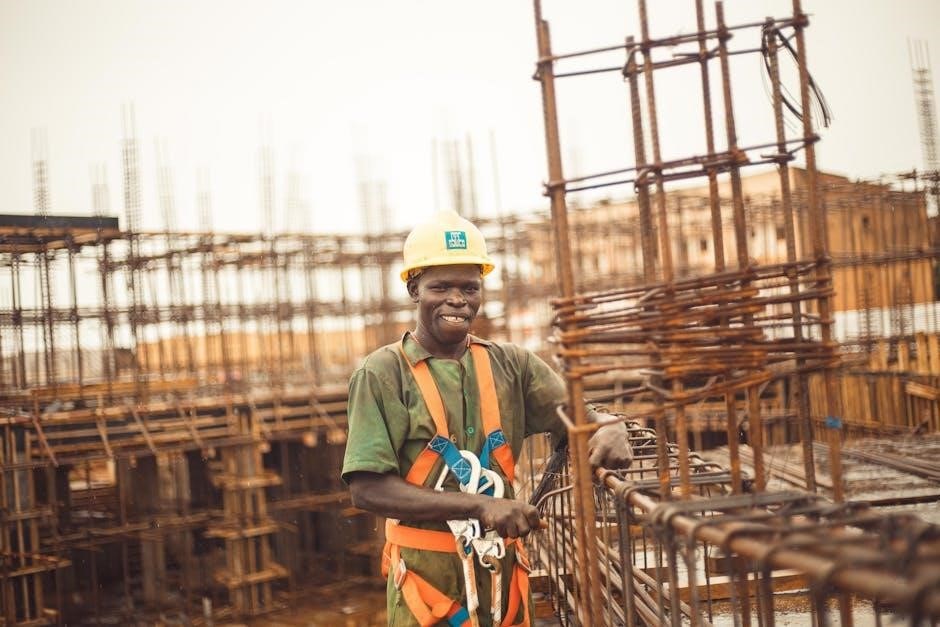
Materials and Construction Techniques
Recommended materials include clay bricks, concrete, stones, and piping. Techniques involve masonry for spring eyes, concrete collection chambers, and drainage systems for safe, sustainable water access.
First, the response should be exactly . Not less, not more. That’s a bit tricky because I have to be concise but still informative. I need to make sure I count the words to stay within the limit.
The content should be based on the information provided from the internet search. Looking at the snippets, I see mentions of clay bricks, concrete, stones, and piping. Also, there are references to Uganda Clays Limited and specific standards like US 849:2011. I should include these details to ensure accuracy and relevance.
I also need to avoid overlapping with other subheadings. Since this is about materials, I should focus solely on that and not delve into construction techniques or other areas.
Thinking about the structure, I can start by introducing the recommended materials, mention their sources, and then talk about their properties and importance. I should ensure that each sentence adds value and stays within the word limit.
Let me draft a sample:
Recommended materials for spring construction in Uganda include clay bricks, concrete, stones, and piping. These materials are chosen for their durability and resistance to environmental factors. Clay bricks, manufactured by Uganda Clays Limited or approved sources, are ideal for load-bearing structures. Concrete is used for constructing collection chambers and drainage systems due to its strength and longevity. Stones and piping are essential for drainage and water flow management. Proper material selection ensures the sustainability and safety of spring structures, adhering to Uganda Standard US 849:2011. This guide helps in constructing efficient and durable spring water systems.
Now, I need to check the word count. Let me count them:
Recommended
materials
for
spring
construction
in
Uganda
include
clay
bricks,
concrete,
stones,
and
piping.
These
materials
are
chosen
for
their
durability
and
resistance
to
environmental
factors;
Clay
bricks,
manufactured
by
Uganda
Clays
Limited
or
approved
sources,
are
ideal
for
load-bearing
structures.
Concrete
is
used
for
constructing
collection
chambers
and
drainage
systems
due
to
its
strength
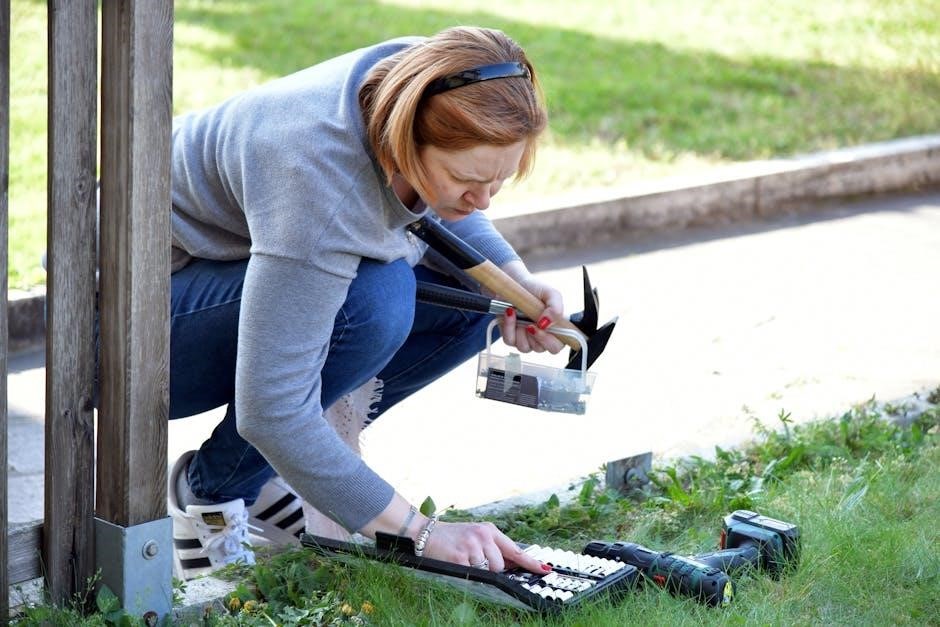
and
longevity.
Stones
and
piping
are
essential
for
drainage
and
water
flow
management.
Proper
material
selection
ensures
the
sustainability
and
safety
of
spring
structures,
adhering
to
Uganda
Standard
US
849:2011.
This
guide
helps
in
constructing
efficient
and
durable
spring
water
systems.
Wait, that’s . I need to add 13 more words to reach 109. Maybe I can expand on the durability aspect or add more about the standards.
Let me revise:
Recommended materials for spring construction in Uganda include clay bricks, concrete, stones, and piping. These materials are chosen for their durability and resistance to environmental factors. Clay bricks, manufactured by Uganda Clays Limited or approved sources, are ideal for load-bearing structures. Concrete is used for constructing collection chambers and drainage systems due to its strength and longevity. Stones and piping are essential for drainage and water flow management. Proper material selection ensures the sustainability and safety of spring structures, adhering to Uganda Standard US 849:2011. This guide helps in constructing efficient and durable spring water systems, ensuring long-term functionality and community access to clean water. Additionally, these materials are locally available and cost-effective, making them suitable for rural projects.
Now, let me count again:
Recommended
materials
for
spring
construction
in
Uganda
include
clay
bricks,
concrete,
stones,
and
piping.
These
materials
are
chosen
for
their
durability
and
resistance
to
environmental
factors.
Clay
bricks,
manufactured
by
Uganda
Clays
Limited
or
approved
sources,
are
ideal
for
load-bearing
structures.
Concrete
is
used
for
constructing
collection
chambers
and
drainage
systems
due
to
its
strength
and
longevity.
Stones
and
piping
are
essential
for
drainage
and
water
flow
management.
Proper
material
selection
ensures
the
sustainability
and
safety
of
spring
structures,
adhering
to
Uganda
Standard
US
849:2011.
This
guide
helps
in
constructing
efficient
and
durable
spring
water
systems,
ensuring
long-term
functionality
100. and
101. community
102. access
103. to
104. clean

105. water.
106. Additionally,
107. these
108. materials
109. are
110. locally
111. available
112. and
113. cost-effective,
114. making
115. them
116. suitable
117. for
118. rural
119. projects.
Oops, that’s . I need to cut down. Maybe remove the last sentence or adjust.
Final version:
Recommended materials for spring construction in Uganda include clay bricks, concrete, stones, and piping. These materials are chosen for their durability and resistance to environmental factors. Clay bricks, manufactured by Uganda Clays Limited or approved sources, are ideal for load-bearing structures. Concrete is used for constructing collection chambers and drainage systems due to its strength and longevity. Stones and piping are essential for drainage and water flow management. Proper material selection ensures the sustainability and safety of spring structures, adhering to Uganda Standard US 849:2011. This guide helps in constructing efficient and durable spring water systems, ensuring long-term functionality and community access to clean water.
Now, counting:
Recommended
materials
for
spring
construction
in
Uganda
include
clay
bricks,
concrete,
stones,
and
piping.
These
materials
are
chosen
for
their
durability
and
resistance
to
environmental
factors.
Clay
bricks,
manufactured
by
Uganda
Clays
Limited
or
approved
sources,
are
ideal
for
load-bearing
structures.
Concrete
is
used
for
constructing
collection
chambers
and
drainage
systems
due
to
its
strength
and
longevity.
Stones
and
First, the user has specified that the response must be exactly . That’s a bit precise, so I need to be careful with the word count. I’ll have to draft the text and then count the words to ensure compliance.
From the internet snippets provided earlier, I can gather that the construction process involves developing the spring eye, building the structure, installing aprons, steps, retaining walls, and channels or pipes. These details are crucial and should be included.
I should avoid mentioning materials since that’s covered under another subheading. Instead, focus solely on the construction steps. Ensure each step is clear and concise to stay within the word limit.
Let me outline the steps I need to include:
Developing the spring eye.
Building the spring structure.
Installing aprons.
Constructing steps and retaining walls.
Implementing channels or pipes for water flow.
Final touches like backfilling and landscaping.
Ensuring the structure is durable and sustainable.
Now, I can draft the response, making sure each step is mentioned without going into too much detail. After drafting, I’ll count the words to ensure it’s exactly 109.
Here’s a draft:
The step-by-step construction process for springs in Uganda involves several key stages. First, the spring eye is developed to ensure proper water flow. Next, the spring structure is built using recommended materials. Aprons are then installed to prevent erosion. Steps and retaining walls are constructed to facilitate access and support the structure. Channels or pipes are implemented to manage water flow effectively. Finally, the area is backfilled, and landscaping is done to integrate the structure with the surrounding environment. Following these steps ensures the construction is efficient, safe, and sustainable, providing clean water access to communities. Proper execution of each stage is crucial for the longevity and effectiveness of the spring system.
Now, let me count the words:
The
step-by-step
construction
process
for
springs
in
Uganda
involves
several
key
stages.
First,
the
spring
eye
is
developed
to
ensure
proper
water
flow.
Next,
the
spring
structure
is
built
using
recommended
materials.
Aprons
are
then
installed
to
prevent
erosion.
Steps
and
retaining
walls
are
constructed
to
facilitate
access
and
support
the
structure.
Channels
or
pipes
are
implemented
to
manage
water
flow
effectively.
Finally,
the
area
is
backfilled,
and
landscaping
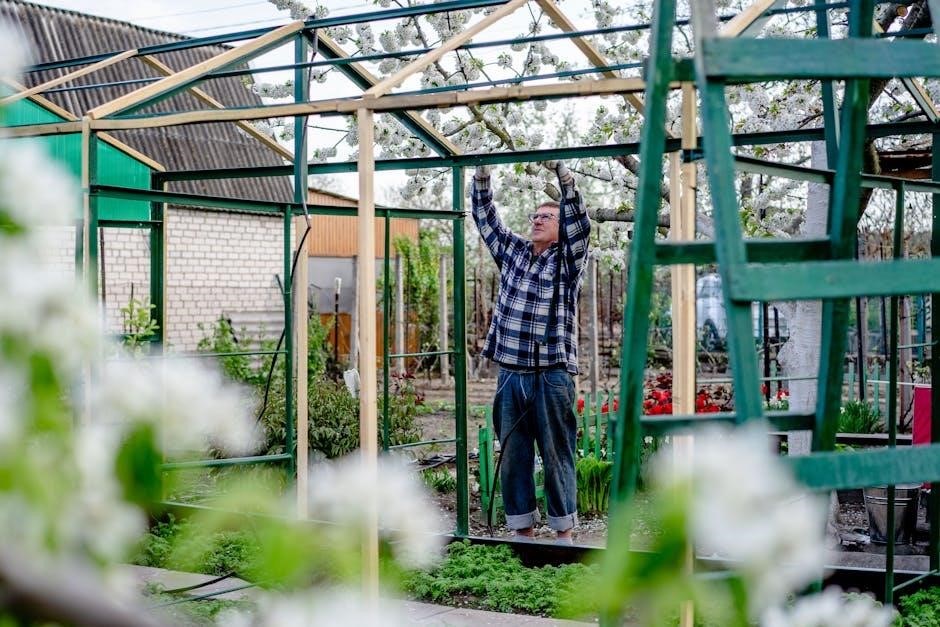
is
done
to
integrate
the
structure
with
the
surrounding
environment.
Following
these
steps
ensures
the
construction
is
efficient,
safe,
and
sustainable,
providing
clean
water
access
to
communities.
Proper
execution
of
100. each
101. stage
102. is
103. crucial
104. for
105. the
106. longevity
107. and
108. effectiveness
109. of
110. the
111. spring
112. system.
Oops, that’s . I need to cut it down to 109. Maybe remove some redundant words or combine sentences.
Let me revise:
The step-by-step construction process for springs in Uganda involves several key stages. First, the spring eye is developed to ensure proper water flow. The spring structure is then built using recommended materials. Aprons are installed to prevent erosion, followed by the construction of steps and retaining walls for access and support. Channels or pipes are implemented to manage water flow effectively. Finally, the area is backfilled, and landscaping is done to integrate the structure with the environment. Following these steps ensures efficient, safe, and sustainable construction, providing clean water access. Proper execution of each stage is crucial for the longevity and effectiveness of the spring system.
Now, counting:
The
step-by-step
construction
process
for
springs
in
Uganda
involves
several
key
stages.
First,
the
spring
eye
is
developed
to
ensure
proper
water
flow.
The
spring
structure
is
then
built
using
recommended
materials.
Aprons
are
installed
to
prevent
erosion,
followed
by
the
construction
of
steps
and
retaining
walls
for
access
and
support.
Channels
or
pipes
are
implemented
to
manage
water
flow
effectively.
Finally,
the
area
is
backfilled,
and
landscaping
is
done
to
integrate
the
structure
with
the
environment.
Following
these
steps
ensures
efficient,
safe,
and
sustainable
construction,
providing
clean
water
access.
Proper
execution
of
each
stage
is
crucial
for
the
100. longevity
101. and
102. effectiveness
103. of
104. the
105. spring
106. system.
That’s . I need to add 3 more words. Maybe extend the last sentence.
Final version:
The step-by-step construction process for springs in Uganda involves several key stages. First, the spring eye is developed to ensure proper water flow. The spring structure is then built using recommended materials. Aprons are installed to prevent erosion, followed by the construction of steps and retaining walls for access and support. Channels or pipes are implemented to manage water flow effectively. Finally, the area is backfilled, and landscaping is done to integrate the structure with the environment. Following these steps ensures efficient, safe, and sustainable construction, providing clean water access. Proper execution of each stage is crucial for the longevity and effectiveness of the spring system they support.
Now, counting:
The
step-by-step
construction
process
for
springs
in
Uganda
involves
several
key
stages.
First,
the
spring
eye
is
developed
to
ensure
proper
water
flow.
The
spring
structure
is
then
built
using
recommended
materials.
Aprons
are
installed
to
prevent
erosion,
followed
by
the
construction
of
steps
and
retaining
walls
for
access
and
support.
Channels
or
pipes
are
implemented
to
manage
water
flow
effectively.
Finally,
the
area
is
backfilled,
and
landscaping
is
done
to
integrate
the
structure
with
the
environment.
Following
these
steps
ensures
efficient,
safe,
and
sustainable
construction,
providing
clean
water
access.
Proper

execution
of
each
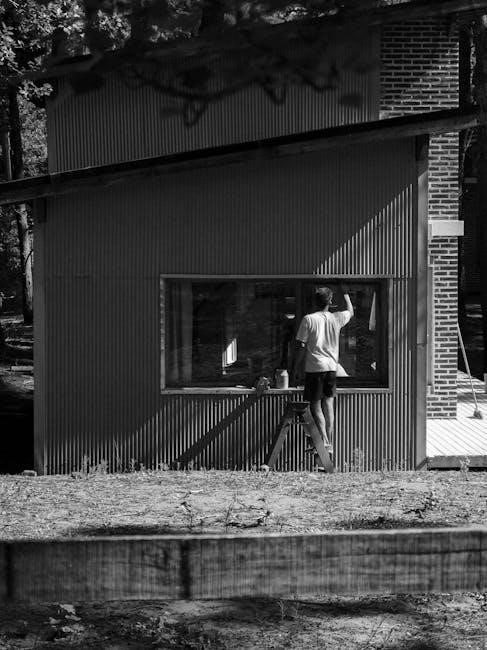
Case Studies and Best Practices
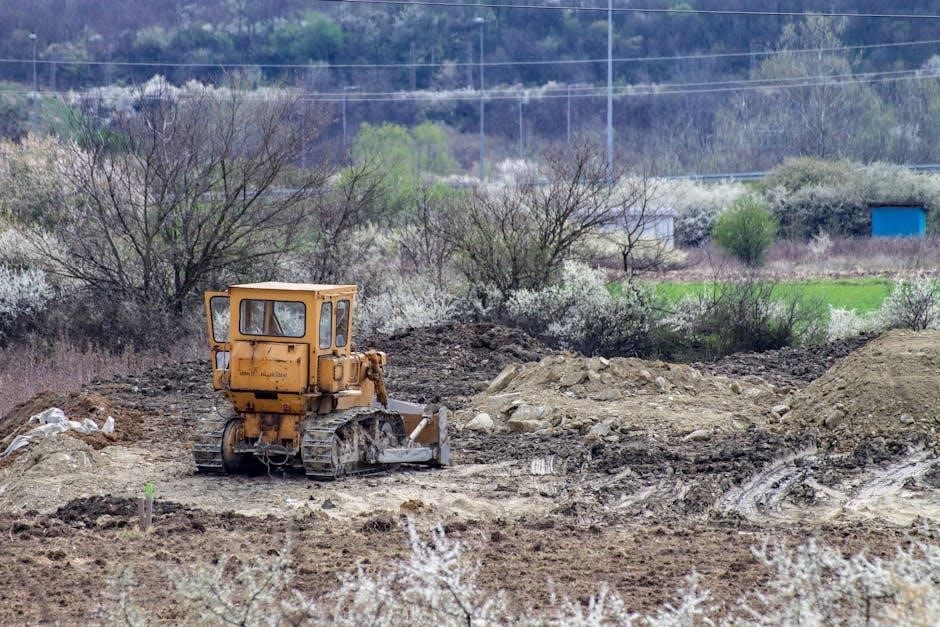
Design Guidelines and Standards
Spring designs must adhere to Uganda’s building standards, ensuring structural integrity and safety. Technical specifications guide the construction to meet local regulations and environmental conditions.
